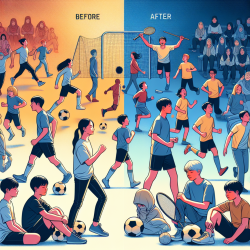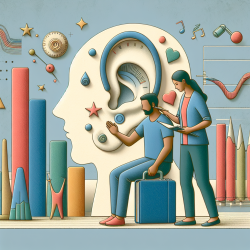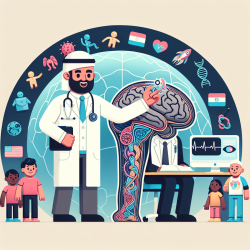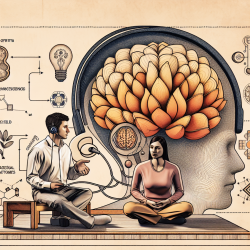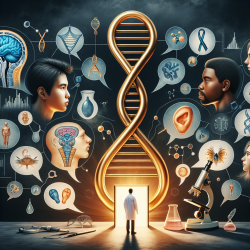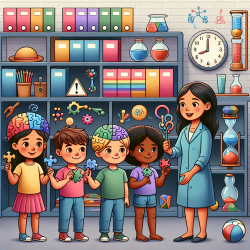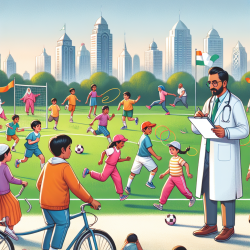Adverse Childhood Experiences (ACEs) are a critical public health issue, impacting the mental and physical well-being of individuals well into adulthood. A recent study titled "The Moderating Effects of Physical Activity on the Relationships between Child Maltreatment and Health Outcomes among Korean Adolescents" offers insightful findings on how physical activity (PA) can play a protective role in this context.
Understanding the Study
The study analyzed data from the 2020 Korean Children and Youth Rights Survey, focusing on middle school students who had experienced physical and emotional abuse. The researchers aimed to explore how PA might moderate the relationship between these adverse experiences and various health outcomes, including physical health perception, self-esteem, and depression.
Key Findings
- Emotional Abuse: The study found that PA significantly mitigated the negative impact of emotional abuse on both physical health perception and self-esteem. Adolescents engaging in regular PA reported better health outcomes despite experiencing higher levels of emotional abuse.
- Physical Abuse: Interestingly, PA did not show a significant moderating effect on the relationship between physical abuse and health outcomes. This suggests that while PA is beneficial, its protective effects may vary depending on the type of abuse experienced.
- Mental Health: While PA was associated with reduced depression symptoms, it did not significantly moderate the relationship between emotional abuse and depression.
Implications for Practitioners
The findings underscore the importance of incorporating PA into intervention strategies for adolescents who have faced emotional abuse. Practitioners should consider promoting PA as part of a holistic approach to improving mental and physical health outcomes in this vulnerable population.
Encouraging Further Research
This study opens new avenues for research into how different types of ACEs interact with PA to influence health outcomes. Future studies could explore why PA's protective effects differ between emotional and physical abuse and identify effective PA interventions tailored to specific types of maltreatment.
The insights gained from this research are invaluable for educators, health professionals, and policymakers aiming to support adolescents facing adversity. By fostering environments that encourage regular physical activity, we can help mitigate some of the long-term negative impacts associated with ACEs.
To read the original research paper, please follow this link: The Moderating Effects of Physical Activity on the Relationships between Child Maltreatment and Health Outcomes among Korean Adolescents: A Secondary Analysis of the 2020 Korean Children and Youth Rights Survey.
